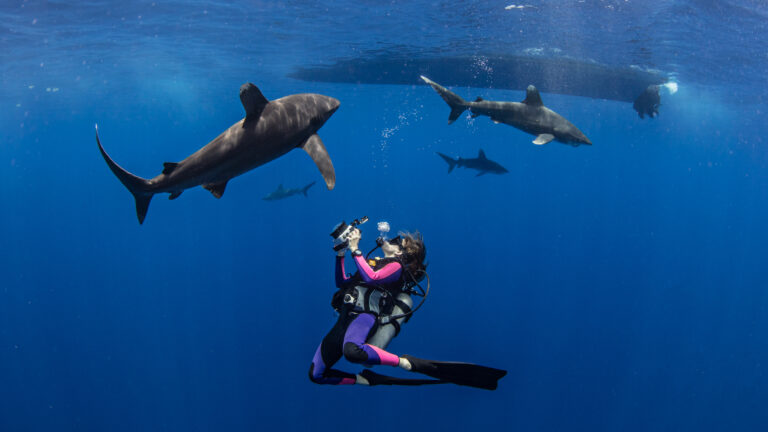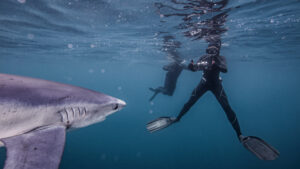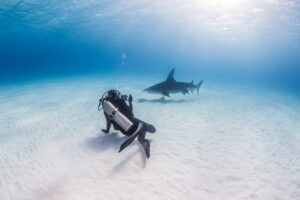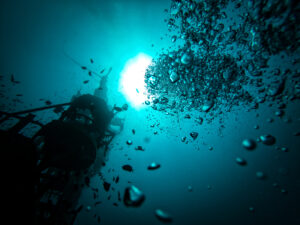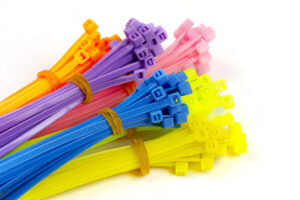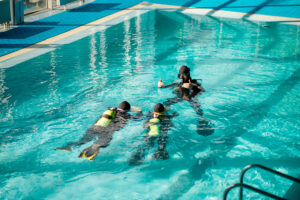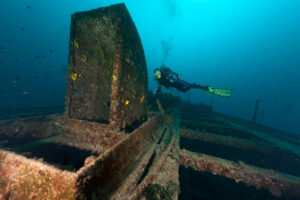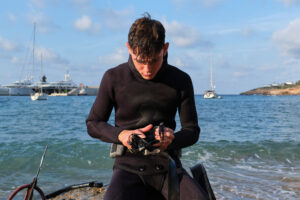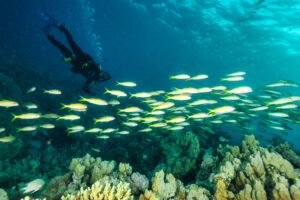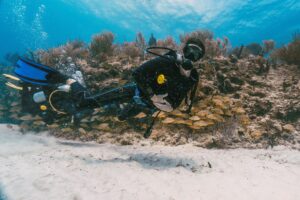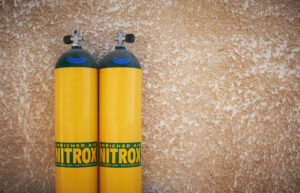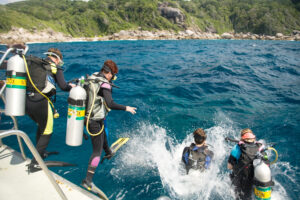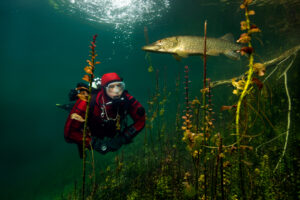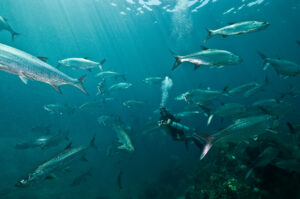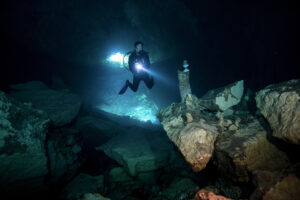What is Ambient Light when Scuba Diving?
Ambient light, the naturally occurring sunlight found underwater, is a key factor for scuba divers, underwater photographers, and marine biologists alike. The unique way light behaves in the underwater realm profoundly affects visibility, colors, and the behavior of marine life. This 1000-word entry will explore the nature of ambient light, its role in scuba diving, and how it influences underwater photography.
Characteristics of Ambient Light
The properties of ambient light vary with depth, water clarity, and weather conditions. As sunlight enters the water, its intensity decreases due to absorption and scattering by water molecules, suspended particles, and dissolved substances. Consequently, the light spectrum narrows, with red and orange wavelengths being absorbed first, followed by yellow, green, and eventually blue. As a result, ambient light underwater takes on a progressively blue-green hue with increasing depth.
Factors Affecting Ambient Light
Depth
The intensity of ambient light decreases rapidly with depth. The first 10 meters (33 feet) of water sees a reduction of up to 75% of sunlight, and by 30 meters (100 feet), only 2-3% of the light remains. This affects both visibility and color perception, with colors appearing increasingly dull and monochromatic.
Water Clarity
The clearer the water, the greater the penetration of sunlight. In clear water, the blue spectrum of light can penetrate up to 200 meters (656 feet) deep. In turbid water, the range may be limited to just a few meters, with visibility and colors becoming significantly impaired.
Weather Conditions
Cloudy skies, fog, and surface chop can also reduce ambient light levels underwater. Conversely, sunny skies and calm seas allow for the most abundant light penetration.
Role of Ambient Light in Scuba Diving
Navigation
Ambient light helps divers orient themselves underwater, especially when diving in clear water. A good sense of direction and the ability to recognize underwater landmarks are essential skills for navigating with limited visibility.
Communication
The quality of ambient light affects the effectiveness of hand signals and the readability of dive slates. As colors fade at depth, divers must be aware of how this impacts their ability to communicate with their buddy.
Marine Life Observation
Ambient light influences the behavior of marine life, with many species exhibiting diurnal patterns related to the availability of sunlight. Some creatures, like reef sharks and rays, are more active during the day, while others, such as octopuses and eels, prefer the cover of darkness.
Safety
Adequate ambient light is essential for safe diving. Low visibility can lead to disorientation, difficulty reading gauges, and increased risk of entanglement or entrapment. Divers should carry a dive light as a backup source of illumination and be prepared to adjust their dive plan in response to changing light conditions.
Ambient Light and Underwater Photography
Ambient light plays a critical role in underwater photography, affecting exposure, color balance, and image quality. Photographers must be aware of the challenges and opportunities presented by ambient light to capture stunning underwater images.
Exposure
Photographers must adjust their camera settings as ambient light decreases with depth. Wider apertures, slower shutter speeds, and higher ISOs can help compensate for the reduced light levels.
White Balance
The color balance of an underwater image is heavily influenced by the color temperature of the ambient light. To correct for the blue-green cast, photographers can either use a custom white balance setting or adjust the color balance in post-processing.
Strobe Use
While strobes can provide additional illumination and restore true colors in underwater images, they should be used in conjunction with ambient light to avoid overexposing the background and creating unnatural contrasts. Balancing strobe light with ambient light can be achieved by adjusting strobe power, positioning, and angle.
Natural Light Photography
In shallow water or when shooting near the surface, underwater photographers can take advantage of the available ambient light to create stunning images without the need for artificial light sources. This technique is especially effective for capturing sun rays, silhouettes, and sunbursts.
Filters
Using color-correcting filters, such as red or magenta, can help restore the natural color balance in ambient light underwater photography. Filters work by filtering out the dominant blue-green wavelengths, allowing the camera to capture a more balanced color spectrum. However, the effectiveness of filters diminishes with depth and is most suitable for shallow dives.
Shooting Techniques
To maximize the benefits of ambient light, underwater photographers should be mindful of their shooting angle and position relative to the light source. Positioning oneself with the sun at one’s back can help avoid backscatter and lens flare, while shooting upwards can create captivating light patterns and sunbursts.
Post-processing
Digital image editing software can be used to further enhance ambient light underwater images. Adjusting the white balance, exposure, contrast, and saturation can help bring out the best in an image captured in challenging light conditions.
Key Takeaways
Ambient light is an essential aspect of the underwater environment, influencing the diving experience, marine life behavior, and underwater photography. Scuba divers and photographers alike must understand the properties of ambient light and adapt their techniques to make the most of the available illumination. By harnessing the power of ambient light, divers can more fully appreciate the beauty and complexity of the underwater world.

